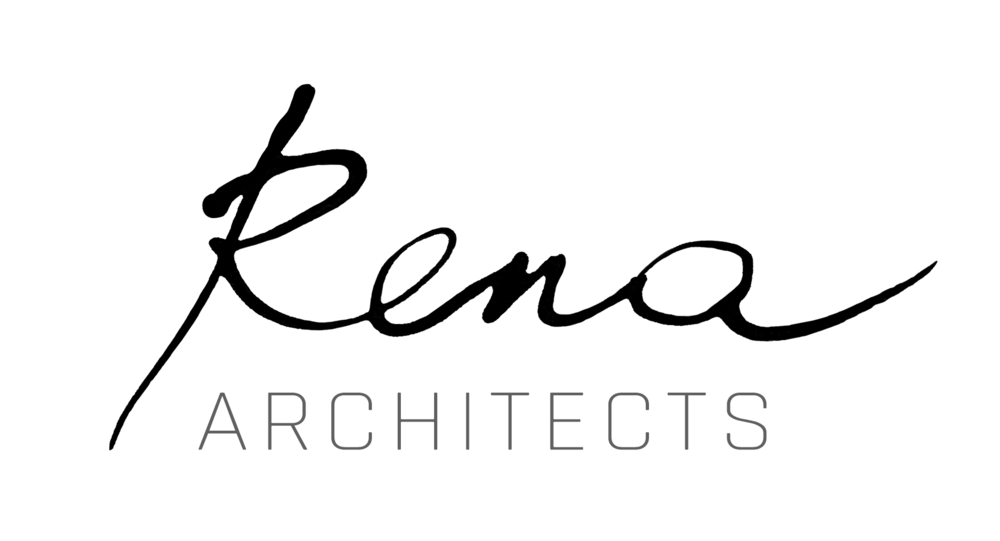“The intelligence is not just located in the brain, but in cells spread throughout the body.”
The key process of learning to draw is slowing down and learning to feel, see and listen.
Learning to draw is like learning another language. It is a language that can capture and communicate much more than any words can describe. When drawing we learn to listen deeply with our body, heart and mind, we learn to hear, see and understand the language of space, light and shadow, we learn to communicate without the need for dictionaries and grammar. The ability to draw well opens our ability to hear and perceive, and helps us to see and communicate spatial concepts and design ideas. It stimulates the mind, awakens our intuitive knowing and nurtures our imagination and our creativity. It is also fun!
Embodying Vision is an innovative approach to teaching drawing developed by Rena Czaplinska.over 20 years of teaching and experimenting with students at the University of Sydney. It is a dynamic course which uses various exercises to speed up the learning process and dissolve inhibiting self-critical and self-conscious attitudes. It incorporates relaxation techniques as well as drawing practice, movement and body-mind centering exercises.
Supported by a body of theoretical research in seeing, learning through movement and recognition of thinking-hand body-mind coordination this drawing course is specially developed to help architecture students develop a habit of sketching. This is a fundamental skill which is experiencing a revival after years of being neglected, when virtual reality of the computer screen dominated architectural design studio. Hand sketching is not only about making drawings but it is also about tuning the body and training the hand, developing visual and bodily intelligence, becoming aware of space, and above all it is about learning to feel, see and listen.
See the article Time for Drawing to learn more about the benefits of this work.

